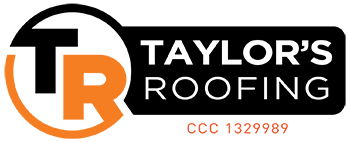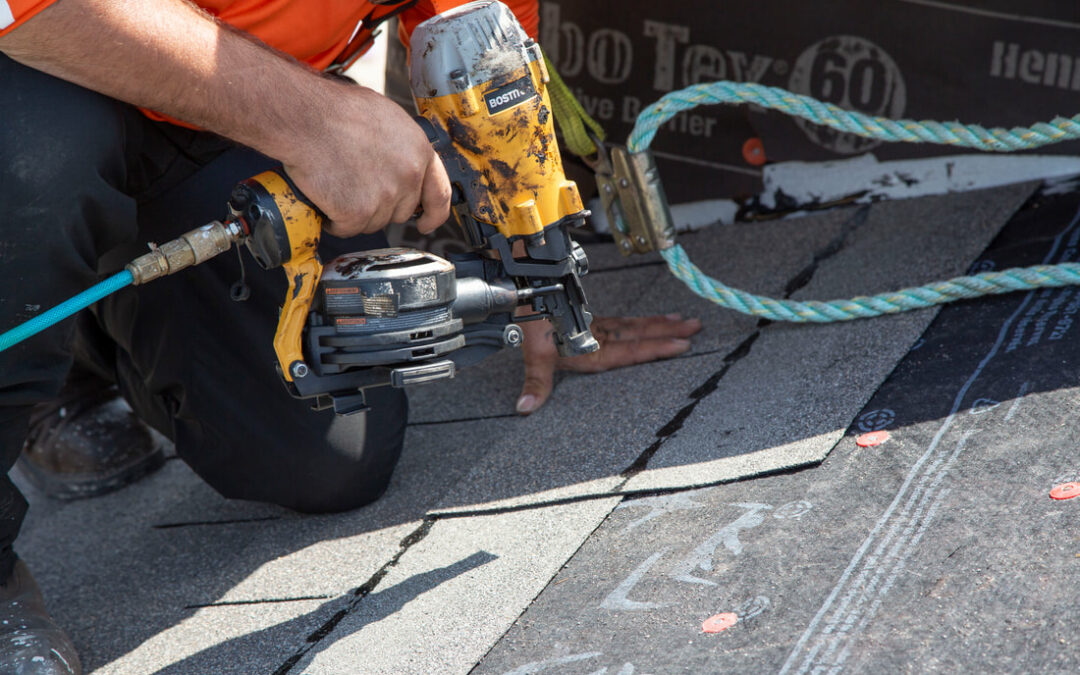A leaking roof might seem like a minor inconvenience, but it has the potential to unleash a far more insidious problem: mold infestations. Mold is not just unsightly; it can pose significant health risks and compromise the structural integrity of your home. In this blog post, we’ll explore the connection between leaking roofs and mold growth, shedding light on the dangers that lurk when water infiltrates your home.
The Relationship between Leaking Roofs and Mold
1. Moisture Provides a Breeding Ground: Mold thrives in environments with high humidity and moisture. When a roof leaks, water can seep into your home’s structure, saturating materials such as wood, insulation, and drywall. This creates the perfect breeding ground for mold spores to take root and multiply.
2. Fast and Stealthy Growth: Mold is opportunistic, and once it finds a suitable environment, it can start growing rapidly within 24 to 48 hours. Leaking roofs provide the necessary moisture for mold to flourish, and its growth can remain hidden within walls, ceilings, and attic spaces until it becomes a full-blown infestation.
3. Health Risks: Mold releases spores into the air, and prolonged exposure to these spores can lead to a variety of health problems. These may include allergic reactions, respiratory issues, headaches, and even more severe symptoms in individuals with compromised immune systems. Infants, elderly individuals, and those with pre-existing conditions are particularly vulnerable.
4. Structural Damage: Mold not only poses health risks but also threatens the structural integrity of your home. As it feeds on organic materials like wood, it weakens the structure, causing wood to decay and rot over time. This can lead to sagging ceilings, compromised walls, and potential safety hazards.
5. Reduced Property Value: Mold infestations can significantly reduce the value of your property. Potential buyers will be wary of purchasing a home with a history of mold, and the cost of remediation can impact your home’s resale value.
Preventing Mold Growth Due to Leaking Roofs
1. Prompt Roof Repairs: As soon as you notice a leaking roof, take immediate action to address the issue. Repair the leak to prevent further water infiltration and mold growth.
2. Thorough Inspection: After a roof leak is repaired, conduct a thorough inspection of your home’s interior, including ceilings, walls, and attic spaces. Look for any signs of water damage, discoloration, or musty odors that might indicate mold growth.
3. Proper Ventilation: Ensure that your home is adequately ventilated, including the attic space. Proper airflow helps prevent moisture buildup, reducing the risk of mold growth.
4. Maintain Gutters and Downspouts: Regularly clean and maintain gutters and downspouts to ensure proper drainage away from your home. Clogged or malfunctioning gutters can contribute to water infiltration.
5. Professional Assessment: If you suspect mold growth or have a history of roof leaks, consider hiring a professional mold remediation company to assess and address any issues.
Leaking roofs can be deceptive, often concealing a more significant problem: mold infestations. The connection between water infiltration and mold growth underscores the importance of promptly addressing roof leaks and thoroughly inspecting your home for any signs of mold. By taking proactive measures, you can safeguard your health, protect your home’s structural integrity, and maintain the value of your property.

